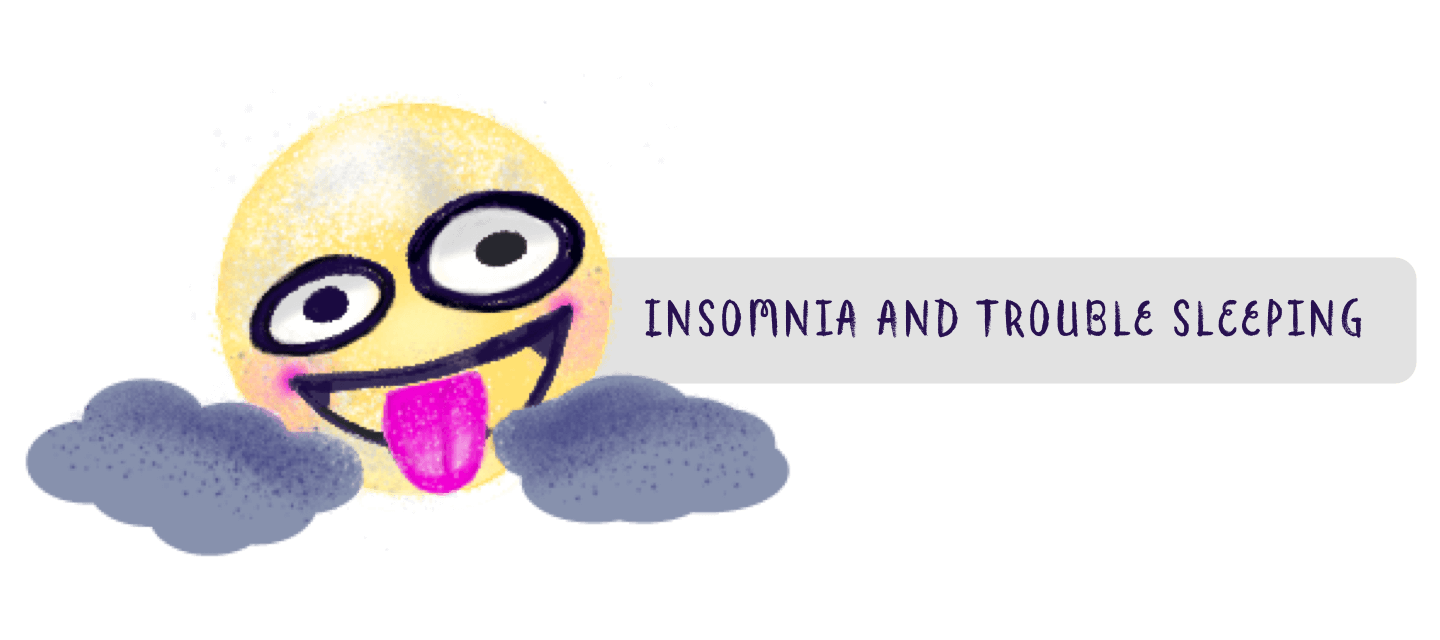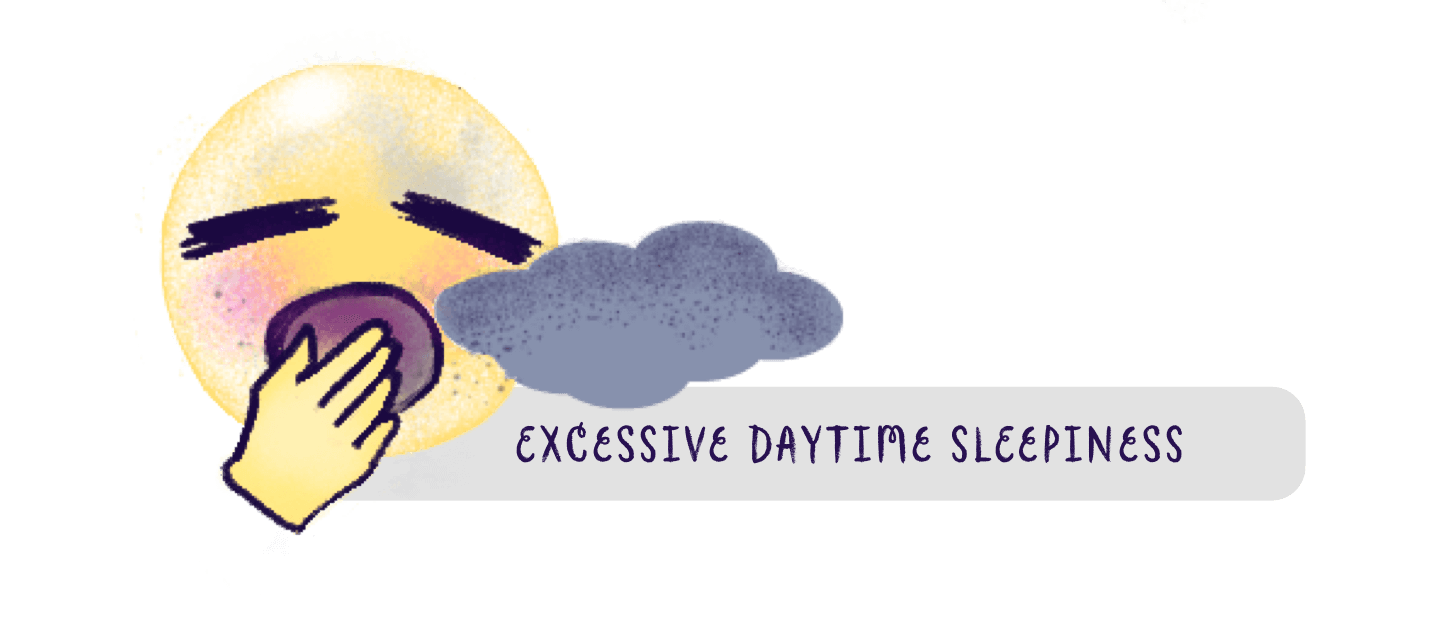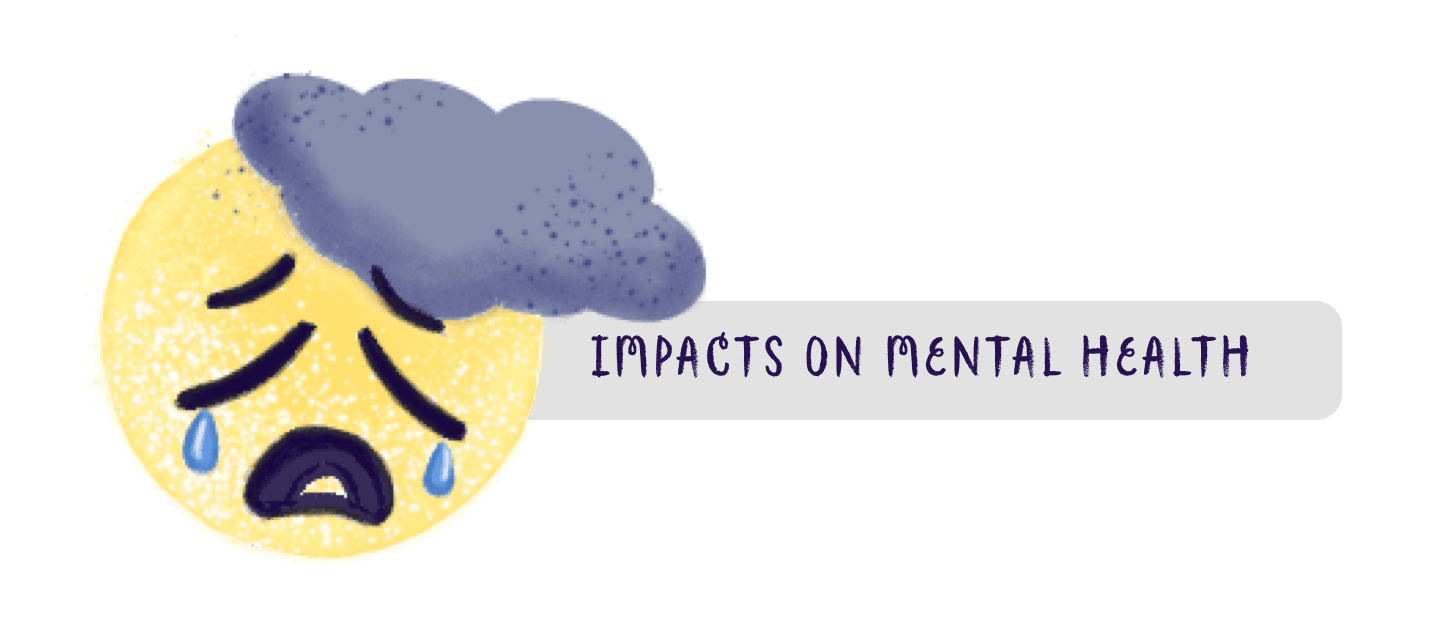Community Views: Describing Life With RLS in Emojis
Life with restless legs syndrome (RLS) is challenging. The symptoms are mostly invisible to others. People with RLS can struggle daily with painful legs, lack of sleep, and quality of life.
To learn more about our community's experiences, we recently turned to our Restless Legs Syndrome (RLS) Facebook community. There, we asked you to tell us what RLS feels like: “If you had to describe your life with RLS with just one emoji, which would you use?”
Responses included a variety of emojis, which we have compiled here into symptom profiles. Here are the most commonly used emojis in your responses, together with some relevant pieces from our advocates on their experiences with these symptoms.
Which emoji do you identify with the most?
#1

RLS creates uncomfortable or painful symptoms in the legs. It is often described as burning, itching, throbbing, crawling, or aching. Typically, these symptoms affect both legs. You may find some relief through movement. The legs or feet may constantly be swinging or rubbing back and forth. Walking around also soothes the symptoms. You regularly toss and turn in bed at night and sleep poorly.1"For me personally, the RLS sensations begin in my lower back and radiate down through my leg – almost following the sciatic path. I experience it considerably more on my left side. As my RLS worsened over the years, I started to develop nerve pain at the same time."“I waste time tossing and turning, trying to just see if I can ignore it. I try stretching my legs out and arching my feet. Or shake my legs and fall asleep doing that.” "Imagine there are thousands of bugs crawling and gnawing on and inside your bones."
#2

Insomnia is another symptom that frequently occurs with RLS. Difficulty getting to sleep or staying asleep are the most common signs of insomnia, and they can impact memory and concentration and hamper daily activities. You might struggle to get adequate sleep even when following suggestions for good sleep hygiene; those suggestions might seem useless when the legs cannot settle and the brain is going at warp speed.1-3“It’s 2 AM, your legs are finally calm, and you need to get some sleep, But instead, you’re tossing and turning and maybe thinking about what color to paint the laundry room.”“I have problems falling asleep, yes, but also a huge problem for me is staying asleep.”“I don’t choose to stay awake. I don’t choose to be restless. I don’t choose to wander around like a zombie during the day, with wide eyes and floppy arms.”
#3

Excessive daytime sleepiness is often a result of nighttime insomnia. You may struggle to stay awake during the day, especially when sitting. The urge to fall asleep at your desk in the middle of a workday can be strong. RLS can keep you up at night, resulting in poor sleep. You may be waking multiple times in the night without awareness. Many people experience occasional daytime sleepiness when not getting enough sleep. Excessive daytime sleepiness is when symptoms persist daily for 3 or more months.1“There is something sinisterly tortuous about experiencing exhaustion in a body that can’t keep still.”"My restless legs, ironically, are hungry for a rest. They know I’m tired and trying to fight it. They don’t care at all.""RLS takes my sleep most nights, until the exhaustion overwhelms me. I then turn into a toddler again, falling asleep wherever I sit. Even in the car!"
#4

Living with RLS takes an emotional toll. Leg pain, insomnia, and exhaustion impact quality of life. Around 4 in 10 people with RLS also live with a mental health disorder. These include depression, anxiety, and post-traumatic stress disorder (PTSD). Treating mental health and RLS together can improve quality of life.4“Not being able to sleep at night with persistent RLS symptoms is stressful. And that is a negative stress experience because we are often thinking about how much sleep we are not getting.”“When it comes to mental health, you may need to have a conversation about the hierarchy of needs.""This is what restless legs syndrome (RLS) and chronic insomnia have done to me. They have worn out my mind and body. I have succumbed to a mental exhaustion I never even imagined existed."
#5

Having an invisible illness like RLS can feel isolating. You might feel like the only one in your social circle impacted by these symptoms. Fatigue might cause you to cancel or avoid making plans with others, and self-isolation can lead to increased feelings of loneliness and depression. Finding support groups and connecting with others who have RLS can help. Sharing stories and knowing you are not alone can be affirming and comforting for many.
“RLS support groups are a great way to find people who can relate to all that we go through. They have definitely helped me feel more confident to speak about my condition to my physician, family, and friends and to make choices that have given me a better quality of life.”“Having someone to commiserate with is sometimes the difference between feeling like you’re crazy and feeling loved, safe, and cared for.”"Even though I wish my mum found someone like me in the 90s to help her make sense of what was wrong with me, I am very glad that I and all of us here get to be that someone to so many others."
Which emoji best describes your life with RLS?
Thank you for your responses and shared experiences. We are grateful to our RLS community for contributing to the conversation!
Which of the most common emoji responses do you identify with the most? Share with us in the comments below!

Join the conversation